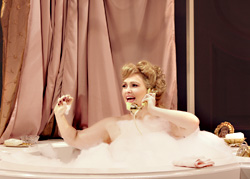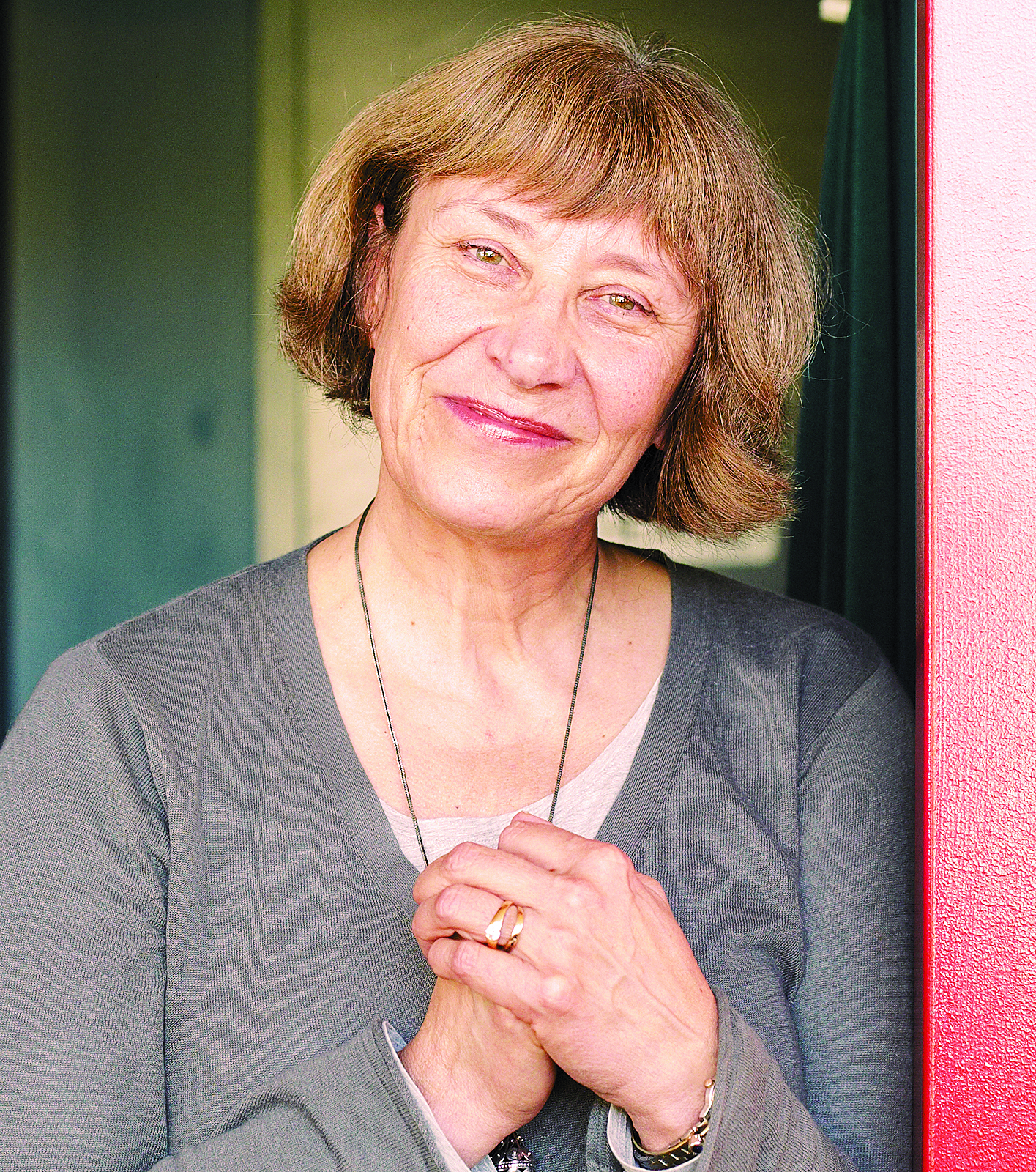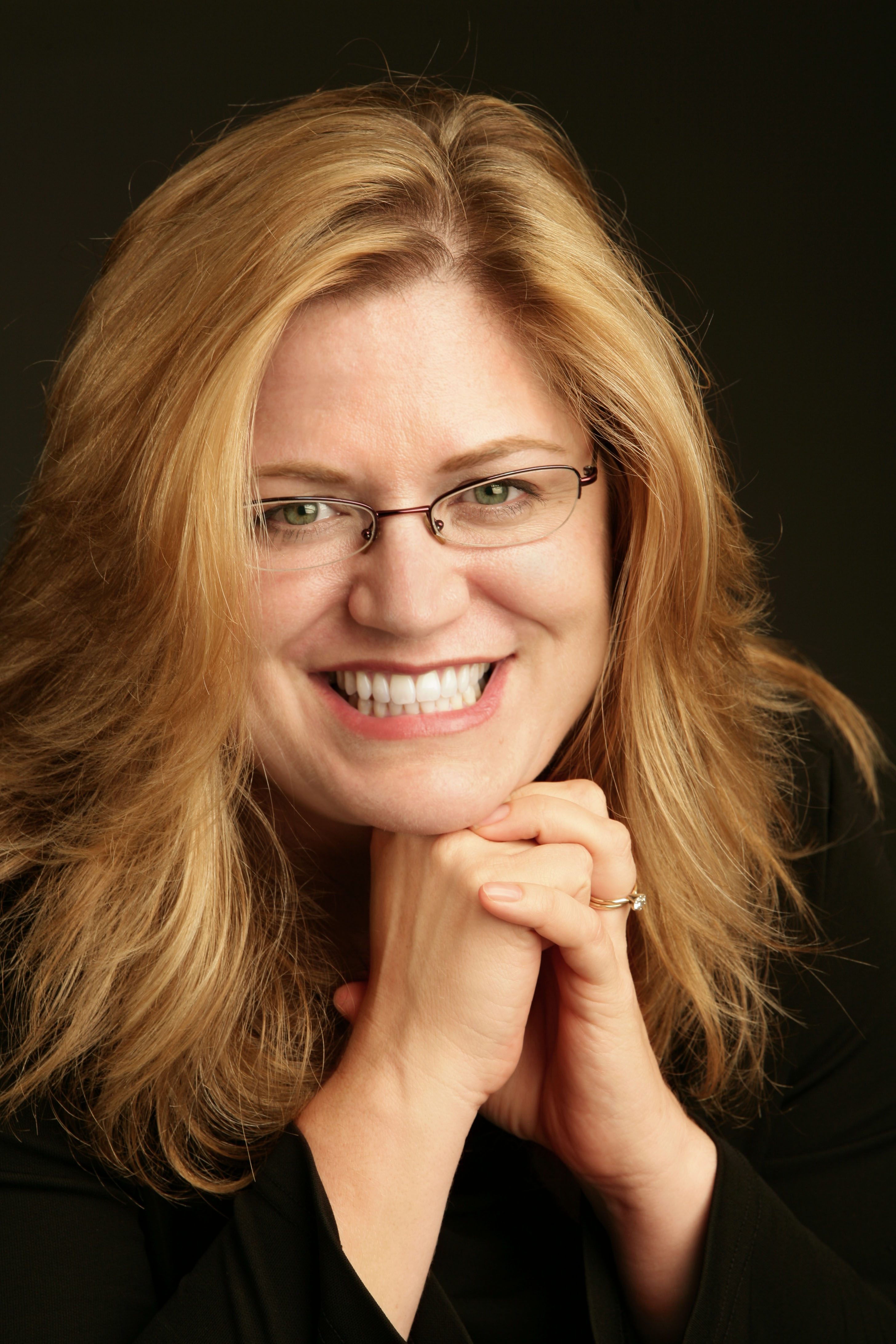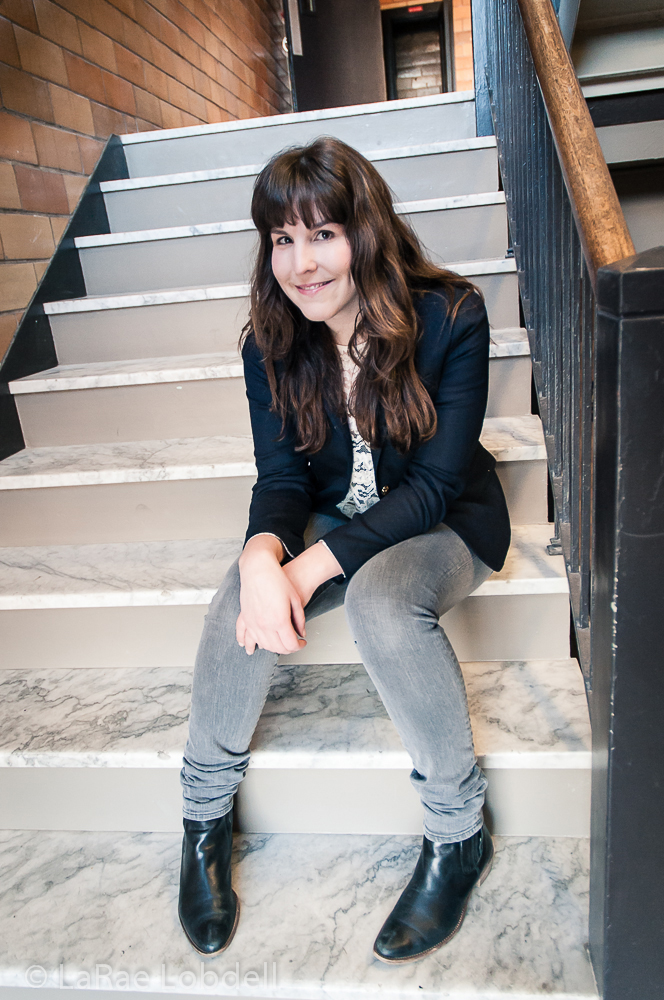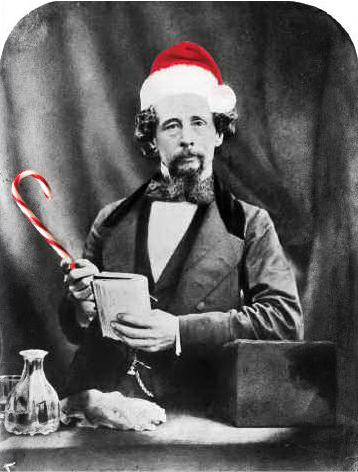On my way to interview the cast of The Women, I’m nervous. Most men who’ve seen the show might feel the same way, after witnessing the all-female cast spend two and a half hours verbally eviscerating each other, betraying each other’s trust, and at one point indulging in an old-fashioned catfight, complete with hair-pulling and clothes-tearing. Entering the green room for a post-matinee meeting, I feel like it’s feeding time at the zoo and I am a large bag of lion chow.
In truth, my nervousness was as much about the actresses as the characters they play. No Seattle production in the past dozen years has put together an all-star cast like this, 16 local actors who include ACT stalwarts like Anne Allgood, Suzanne Bouchard, Suzy Hunt, and Julie Briskman; oddball comic vets like Laura Kenny and Annette Toutonghi; and brilliant younger talent like Deb Fialkow, Peggy Gannon, and Emily Cedergreen. Director Warner Shook even brought Elizabeth Huddle, his predecessor as artistic director at Intiman and the woman he considers his mentor, out of semiretirement for a turn as the heroine’s mother. Up on that stage, dressed in a glittering display of vintage costumes, this multigenerational gathering of female talent frankly intimidated the hell out of me.
Fortunately, they were far less terrifying offstage. They even offered me a choice of pastries. “That’s the first thing you can say about an all-female cast—great baked goods, baby,” says Hunt, who, like the rest of the cast, had ditched her wig but left her makeup on for the evening show. They all agreed that the company feeling for the show has been extraordinary, partly because it brings together so many Seattle vets in one place and time. “This feels like a once-in-a-lifetime experience,” says Toutonghi.
The 1930s script, by Clare Boothe Luce, is a solid combination of social satire and melodrama, but as Allgood points out, it’s also a fascinating examination of how women deal with conflict. “With men, the competition tends to be, ‘Where do I fit in, and who’s above me?’ It’s hierarchical. With women, it’s more about who’s in and who’s out.”
A show with more than 100 costumes and 16 actors, neither Shakespeare nor a musical, The Women was a huge gamble for ACT in terms of planning, size, and budget. But it’s paid off, with audiences strong enough to extend the production to Dec. 16. Women make up the majority of theatergoers, and this show caters to them—ladies occupied about 80 percent of the seats at the recent matinee I attended.
The cast had an intensive and abbreviated rehearsal, as the play’s complex tech meant they had to be working with scene changes, lights, and sound by the end of the third week. But the biggest challenge, all the women agree, was hitting the rat-a-tat-tat dialogue in a fashion that was sharp but not overly cruel.
“You can’t be too hard,” says Fialkow. “A lot of the lines are zingers, but the trick is to keep them witty and smart instead of just cruel digs.” Allgood likens it to “playing killer spike volleyball in high heels with a champagne glass in one hand—very light and very fun, but we’re still out for blood.” Indeed, by the time the final scene rolls around and Bouchard as the wronged wife and Jennifer Lyon as the home-wrecker arrive in their most elaborate evening gowns, the audience responds like it’s watching a prizefight.
While David Zinn’s costume designs wow the audience, the actresses are more taken by how their outfits reveal the evolution of their characters. Wilson points out that her independent and cynical writer, dressed in brown tweeds in the first two acts, returns from safari not only wearing “the only brown evening dress I’ve ever seen,” but accessorized with African jewelry. They’re also grateful that in one way their vintage clothes are inauthentic: “They’re comfortable. Comfortable!” says Hunt. “My character’s drunk more than once, and I love just being able to flop around, even while looking like a million bucks.”
They admit the play doesn’t show women in a very good light. “I had friends who loved the production but just don’t like the way it shows women,” says Fialkow. But then I tell them something I’d heard at intermission, a young student asking her friend, “Why are we so mean to each other?” There’s a sigh of contentment from the whole group. “That’s it, that’s the question,” says Allgood. “And if they’re already asking that at intermission, I think we’ve done our job.”
John Longenbaugh
